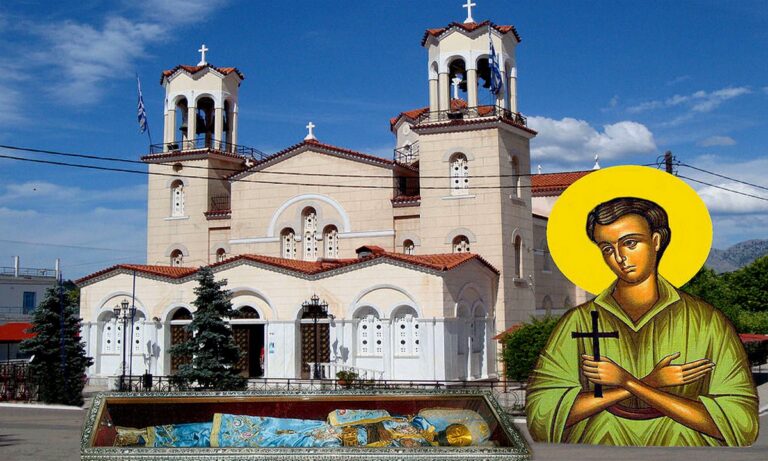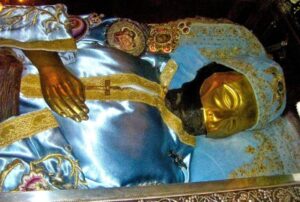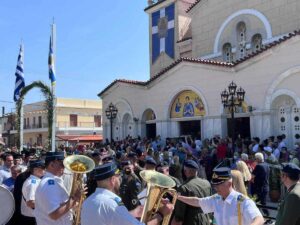Description
Saint John the Russian was born around 1690 in the area of Little Russia, today's Ukraine, to Christian parents. He enlisted in the army of Peter the Great and took part in the Russo-Turkish War (1710–1711), where he was captured and then sold as a slave to a Turkish officer (ipparcho) who came from the village of Prokopi in Asia Minor.
The Turkish officer took Saint John to Prokopi and there he tried, as was customary at the time, to persuade him to convert. The Saint strongly resisted all the attempts of the Turk and finally the Turk left the Saint alone to keep his faith.
The Saint's living conditions were very harsh. He slept in his master's stable, along with the animals he had entrusted to his care. He ate little, his clothes were poor and he was forced to walk without shoes. In this stable, the Saint prayed, while in the evenings he often visited a church that was nearby, dedicated to Saint George.
His boss got rich and became one of the most powerful men in the area. When the Turkish officer once visited Mecca for pilgrimage, Saint John miraculously sent from Prokopi to Mecca a plate of rice for his boss. At first they did not believe him, but when the Turk returned from Mecca bringing the plate with him they were convinced and this miracle became known to all who lived in the area. The Turk, wanting to honor the Saint, offered to improve his living conditions. But the Saint refused and continued to take care of his master's animals and stay in the stable. Working during the day and praying at night, Saint John the Russian lived the rest of his life until May 27, 1730, when he rested at the age of 40.
When his end was near, he asked to receive the Body and Blood of Christ. The priest, knowing the fanaticism of the Turks, in order to protect the divine Metalipsi, hid her in an apple and thus quietly passed her through the Turkish house to Saint. His body was handed over by his boss to the Christians of Procopi, so that they could bury it according to the rules of Christianity. The Saint's body was buried in the Christian cemetery and remained there for three and a half years.
The Christians collected the relics of the Saint and placed them in an altar under the Holy Altar of the Church of Saint George, to which the Saint prayed while he was alive. In 1930, the construction of a church in honor of the Saint began, which was completed in 1951. The shrine of the saint was moved to the new Church, where it remains until today.
His memory is celebrated on May 27.
Location
-
PFMQ+8R Προκόπι, Greece




Add a review